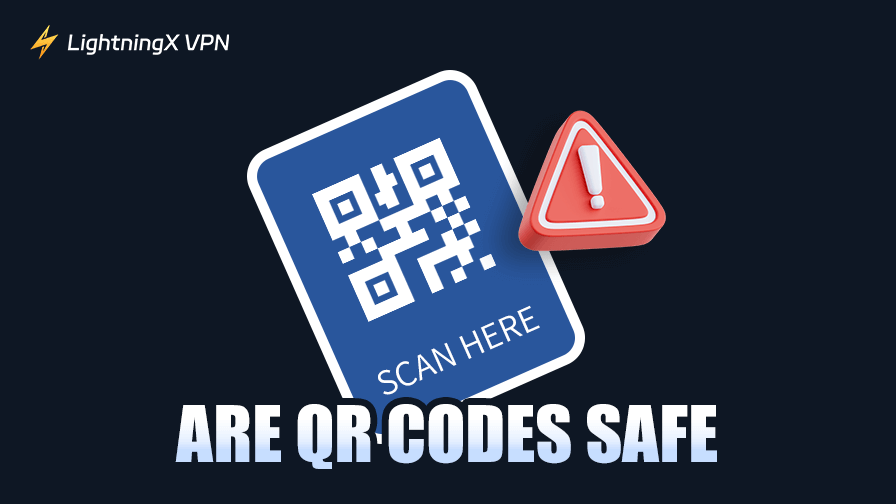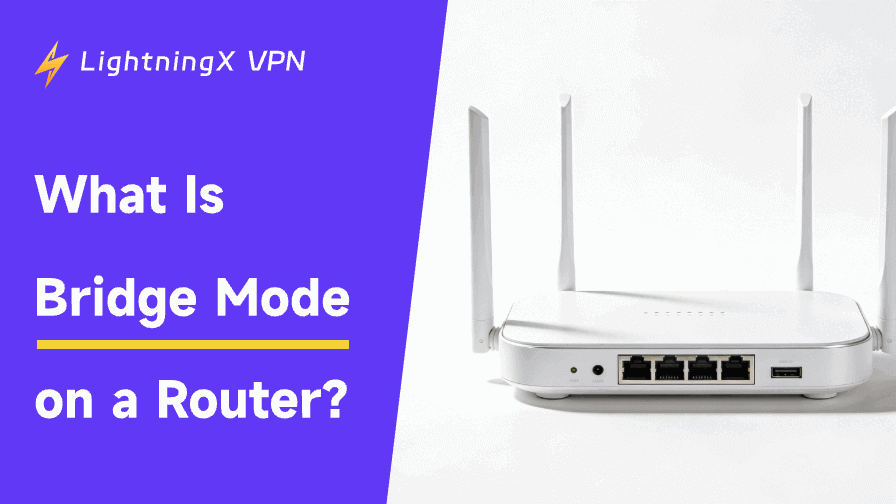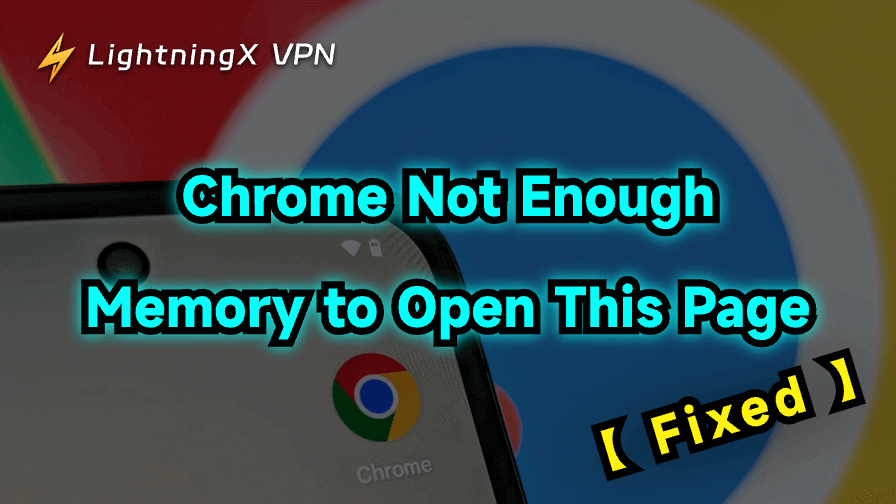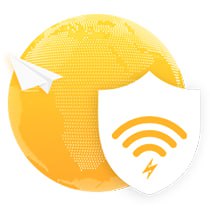Are QR codes safe? This is a critical issue because in the digital age, QR codes have penetrated into people’s daily lives — used for transactions, adding contacts, and more.
These activities all involve personal data security concerns. Therefore, today we will thoroughly examine QR code security from various angles and discuss how to address potential risks.
What Are QR Codes?
The QR code was introduced in 1994 by Denso Wave, a subsidiary of Toyota, and was originally designed to track vehicles and parts during manufacturing. A QR code is a type of square-shaped barcode made up of black and white modules, capable of storing numbers, letters, and even Japanese kanji and kana characters.
You can scan QR codes using any camera-enabled device. Today, QR codes are widely used for tasks such as making payments, logging into websites, adding contacts, and more.
The difference between a QR code and a traditional barcode lies in how they store data and how much they can hold. Traditional barcodes are read in one dimension—horizontally—while QR codes are two-dimensional, allowing them to encode far more information, including phone numbers, URLs, and even text of up to 4,000 characters.
Here are some examples of QR code usage:
- Linking to app downloads
- Logging into an account or verifying access
- Connecting to Wi-Fi without the password
- Making payments
- Sharing or saving contact details
- Accessing mini-games
Are QR Codes Safe?
Some malicious actors exploit QR codes for malicious purposes, such as embedding links that redirect users to harmful websites or initiate malware downloads. Once scanned, these sites or malicious software can steal sensitive data from your device, including online banking and social media credentials.
However, it is difficult to tell if a QR code is safe by sight alone, especially when attackers disguise malicious codes as legitimate ones and place them in public spaces. For example, a QR code labeled as free Wi-Fi might actually lead to a phishing site, putting your personal and financial information at risk.
Beyond linking to malicious websites or malware downloads, QR codes can also pose these risks:
- Collecting non-personal data, such as scan location, time, and device model.
- Tracking your online activity and browsing behavior.
This data is often exploited by malicious actors to refine and optimize their QR codes, increasing the chances of deceiving more users.
Related: Ways to Get a Safe and Free Wi-Fi?
Safety Tips for Scanning QR Codes
To protect yourself from malicious attacks, it’s essential to check whether a QR code is safe before scanning it. Here are some safety tips for using QR codes.
- See if the website is safe by using a trusted website safety checker, such as VirusTotal or Trend Micro’s Site Safety Center, before entering any personal information.
- Use a secure QR code scanner to scan the code. These scanners can compare the link within the QR code against their security databases to determine whether the website has risks. You can choose notable brands like Kaspersky and Trend Micro.
- Use a secure browser with features like anti-tracking and private browsing to open the website.
- Avoid entering sensitive information on the website, such as your ID number or passwords for critical accounts.
- Use a VPN to protect your IP address and browsing history from being exposed.
Tip: LightningX VPN is one of the top options for protecting your data and privacy. It employs the best VPN protocols, WireGuard, Shadowsocks, and Vless, all based on military-grade encryption algorithms like AES-256-GCM and ChaCha20-Poly1305. Using LightningX VPN, your online information, like IP address, browsing history, and phone number, will be buried underground. Plus, it offers a free trial and a 30-day money-back guarantee. The monthly price is very cheap.
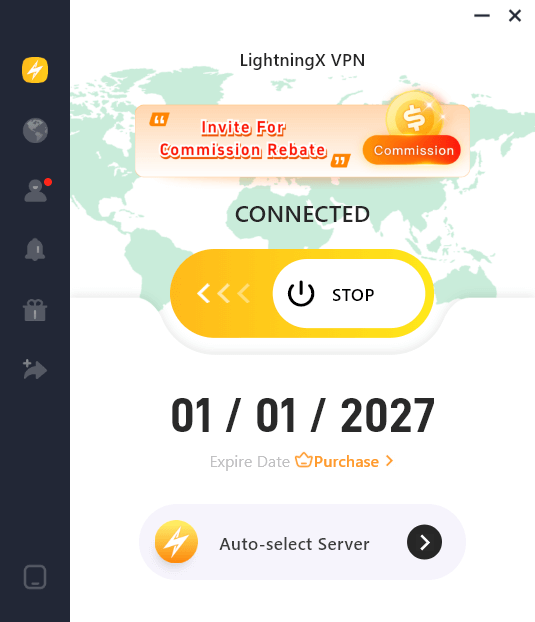
How to Scan QR Codes on Mobile and Desktop
Here’s how to scan a QR code on different devices without a specific QR code scanner.
Scan QR Codes on Mobile
On most modern mobile devices, you can directly scan QR codes using the built-in camera app.
However, if your device doesn’t support real-time scanning, try using third-party apps like Google Chrome or dedicated QR code scanners to scan the QR code.
Here’s how to scan QR codes on a mobile device using the Google browser.
- Open the Google browser on your phone or tablet.
- Tap the Google Lens icon next to the search bar.
- Point your device’s camera at the QR code.
- Open the detected link to access the content you need.
Scan QR Codes on a Windows PC and Mac
Scanning a QR code on a PC or Mac is quite similar to the steps on mobile. You can use the Google browser to do so. Here’s how.
- Open the Google browser on your PC or Mac.
- Click on the “Search by image” icon next to the search bar.
- Upload the QR code image.
- Follow the on-screen instructions to access the website or download an app.
Are QR Codes Safe – FAQs
Q: Why should we be careful in using QR codes?
QR codes are a double-edged sword. While they offer great convenience, their low barrier to entry allows malicious actors to freely create QR codes containing harmful links and disguise them as legitimate ones to trick you into scanning them. Therefore, exercise extreme caution when scanning QR codes from unverified sources.
Q: Where should you not use QR codes?
The following are some situations and settings where QR codes are not recommended:
- Random stickers or posters in public places, such as walls, bus stops, lampposts, restaurants, or unverified payment QR codes in stores.
- QR codes from unsolicited emails, text messages, or private messages.
- QR codes on suspicious websites or pop-up ads.
- QR codes shared by strangers on social media.
- Unknown QR codes on product packaging.
Q: How close do I need to be to scan a QR code?
It depends on the size of the QR code. If the QR code is 2 x 2 inches, you can scan it from around 2 feet away. If it is 8 x 8 inches, you can scan it from 6-7 feet away. If it is 36 x 36 inches, you can scan it from about 30 feet away.
Conclusion
QR codes themselves are safe, but due to malicious actions by others, they can pose certain security risks. You can still mitigate this risk by adopting measures like using a secure QR code scanner, employing a VPN, or enabling your browser’s private browsing mode.









